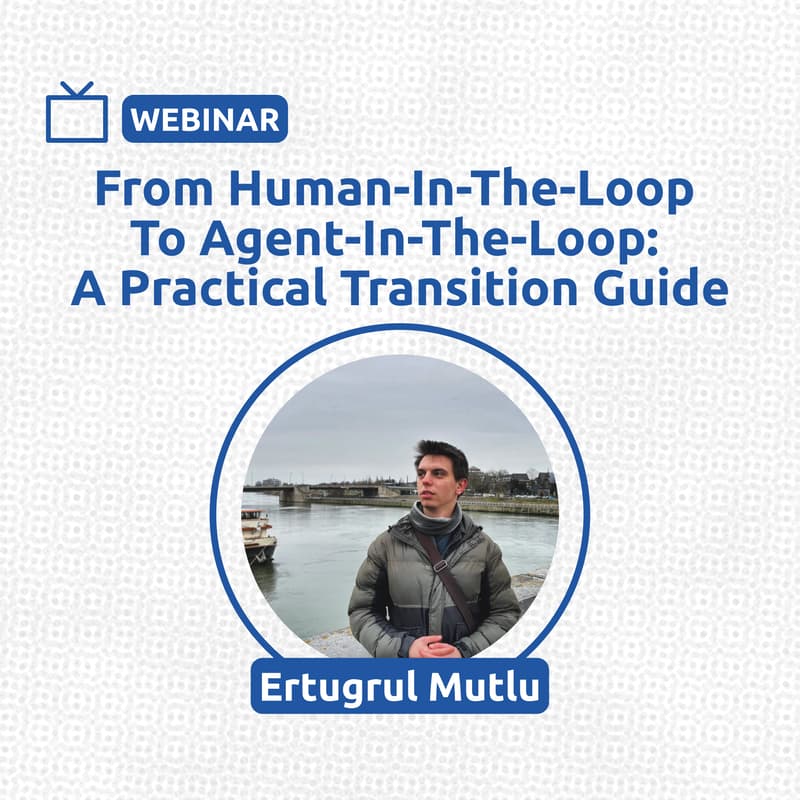

From Human-in-the-Loop to Agent-in-the-Loop A Practical Transition Guide
How modern ML workflows evolve from human-supervised pipelines to scalable, agent-driven feedback loops — with concrete examples and real-world transitions.
Outline:
Human-in-the-Loop (HITL): Foundations and Limitations
What HITL means in practice (guided feedback loops, evaluation, corrections).
Key limitations: scalability, latency, reasoning gaps, context sensitivity.
Where HITL still shines: accuracy, safety, human effectiveness.
Agent-in-the-Loop (AITL): The Next Evolution Step
What changes when agents become active participants in the loop.
Architectural view: planning, tool-use, continuous improvement, automation.
Strengths: adaptivity, speed, scalable labeling, generalization.
Real-World Comparison & When Each Paradigm Wins
HITL vs AITL across accuracy, trust, cost, transparency, and scalability.
HITL-critical domains: medical, autonomous driving, manufacturing.
AITL-favored areas: fraud detection, recommender systems, logistics.
Transition & Future Outlook
Human-in-the-loop → human-on-the-loop → human-over-the-loop.
Hybrid approaches combining human judgment with agent autonomy.
Bio:
Ertuğrul Mutlu is a Computer Engineering student at RWTH Aachen University and a Werkstudent Researcher at Fraunhofer IAIS (Enterprise Information Systems). His work spans reliable AI systems, agentic workflows, applied LLM engineering, and signal‑processing‑based feature extraction. He focuses on building practical, lightweight AI systems that bridge classical methods with modern LLM‑driven agent architectures. He recently published a preprint on wavelet‑based feature engineering and clustering, writes technical articles on dev.to about ML systems and agentic AI, and actively contributes to the open‑source and data/ML community through prototypes, research notes, and talks.
DataTalks.Club is the place to talk about data. Join our slack community!